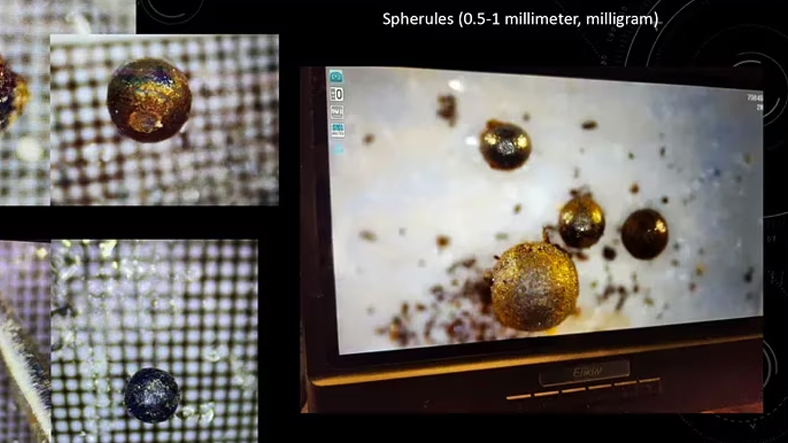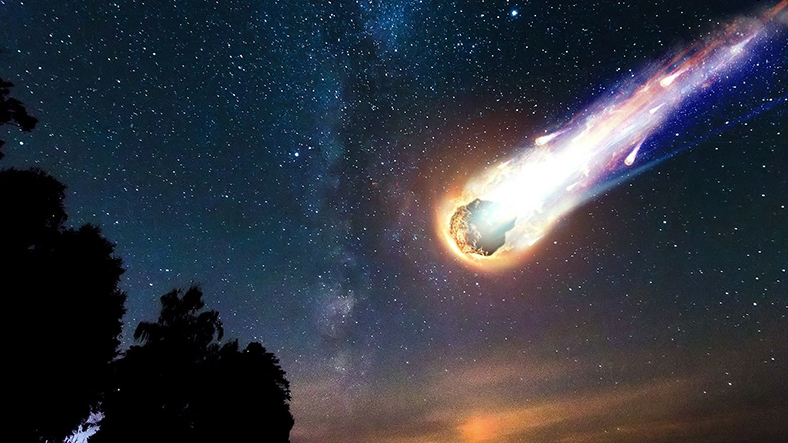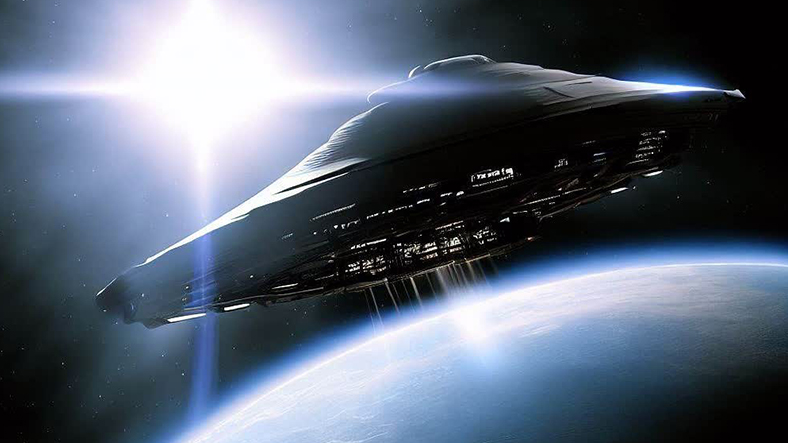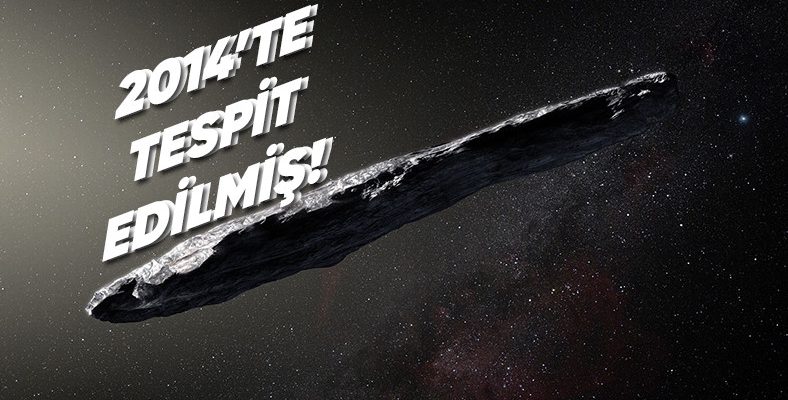It turned out that the meteor, which was detected by the US ballistic missile systems in 2014 and fell into the Pacific Ocean, is from another solar system and has been hidden until today.
In an exploration study conducted in the Pacific Ocean by Avi Loeb, a physicist at Harvard University, A series of meteorite fragments believed to be from a system outside our solar system have been found. As the research continued, very interesting events began to come to light.
It looks like the United States has discovered this interstellar meteor. detected in 2014 and last year the 500-pound meteorite It crashed near Manus Island in the Pacific Ocean. he accepted. Such a fact would never have come to light if Harvard University had not carried out this exploratory work.
Government of Papua New Guinea states that Harvard University is conducting research without permission
Manus Island is connected to Papua New Guinea, so so are the waters around it. The government of Papua New Guinea was also in the waters where the discovery was made by Harvard University researchers. complaining about the unauthorized presence:
“If they were coming for research purposes, they would have to apply for a research visa.”
Rob McCallum, expedition coordinator at Harvard University, said his team spent eight months with the government of Papua New Guinea prior to the trip. stated that they are in contact:
“We were told the best move we could make is to file an application for a marine science research permit, as we operate in a marine environment.”
How were the findings obtained and what do they look like?

Using a magnetic sled, the expedition team removed debris from the ocean floor where the meteorite had struck. Professor Loeb told ABC that much of the material they found volcanic ash, black powder stated that. Using a fine-mesh sieve to filter the volcanic ash, the research team spherule They discovered tiny metallic balls called
The spherules are mostly made of iron and look like balls, each a fraction of a millimeter in size.
“It probably took them millions or billions of years to reach Earth.”

Professor Loeb states that if they are proven to come from outside our solar system, it will be the first time humans have collected and studied interstellar material. Only About 50 globules weighing 35 milligrams Loeb, who was sent to continue research in the US, commented:
“While it took a few days to get them to my house, it probably took millions or billions of years to reach Earth.”
So what does this interstellar meteorite mean for science?

In the study conducted by Professor Loeb, the analyzes of meteorite fragments whether it is composed of elements different from those found in our solar system hopes to reveal. These meteor fragments to civilizations beyond our solar system He also states that it may be a sign of:
“This meteor was moving outside the solar system at 60 kilometers per second, which is faster than 95% of all stars. This suggests that it could potentially be a spacecraft from another civilization.”
RELATED NEWS
What Happens If A Meteor The Size Of The Dinosaurs Hits The Earth? Can we prevent this?
RELATED NEWS
Meteor Has Fallen In Scotland: Here Are The Images Shared On Social Media [Video]
RELATED NEWS
Meteor Hits $10 Billion James Webb Space Telescope Before Its First Discovery (Now Crispy Damaged)
Source :
https://www.abc.net.au/news/2023-07-13/controversy-over-harvard-research-into-manus-island-metor-png/102592908
